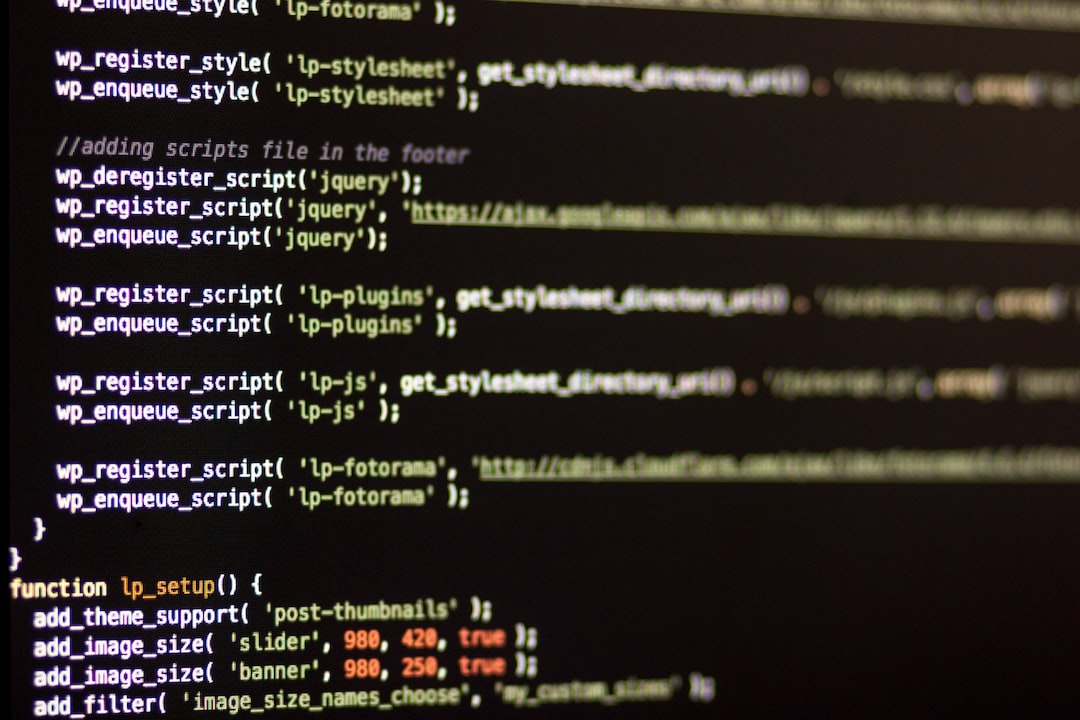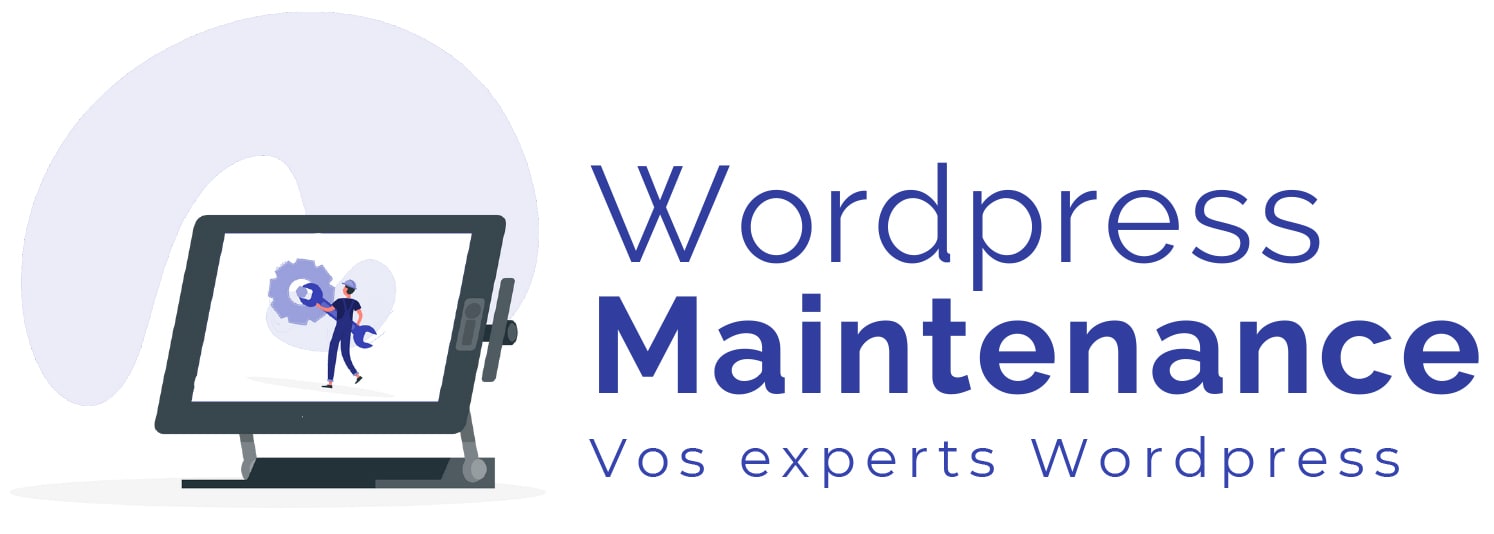Correct use of WordPress categories and tags
WordPress is a content management system (CMS) that enables users to create, manage and publish content on the Web. One of the key features of WordPress is the use of categories and tags, which help to organize content and enhance the user experience. However, to get the most out of these tools, it's essential to use them correctly.
Discover our offers for WordPress website maintenance
Understanding WordPress Categories and Tags
WordPress categories and tags are essential tools for organizing your content and enhancing the user experience on your site. They play a crucial role in structuring your content, making your site easier to navigate and helping search engines understand the context of your pages.
To illustrate this point, let's take the example of a hotel booking site created with WordPress. If you have an article on "How to book a hotel in Paris", you could use the "Booking guides" category and add tags like "Paris", "Hotel booking", "  Guide". This will help your visitors easily find similar articles and give search engines a better idea of what your article is about. For more information on creating a hotel booking site with WordPress, see this article.
Guide". This will help your visitors easily find similar articles and give search engines a better idea of what your article is about. For more information on creating a hotel booking site with WordPress, see this article.
How to use WordPress Categories correctly
WordPress categories are designed to group your content into broad sections or topics. For example, if you run a travel blog, you might have categories such as "Destinations", "Travel Tips", "Hotel Reviews", etc. Every article you publish should belong to at least one category.
It's important to note that categories can be hierarchical. For example, under the "Destinations" category, you can have sub-categories such as "Europe", "Asia", "America". This can help to organize your content more precisely and make navigating your site more intuitive for your visitors.
How to use WordPress tags correctly
Unlike categories, WordPress tags are designed to describe your content in detail. They can be used to indicate the specific topics covered in an article. For example, if you're writing an article about a trip to Paris, you might use tags like "Eiffel Tower", "Louvre Museum", "French Cuisine".
There are no strict rules on the number of tags you can or should use. However, it's generally best not to use too many to avoid overloading your readers and diluting the effectiveness of each tag. A good rule of thumb might be to use between 5 and 10 tags per article.
Common mistakes to avoid with WordPress Categories and Tags
A common mistake many new WordPress users make is to use too many categories or tags. This can make your site messy and difficult to navigate. What's more, it can dilute the effectiveness of your tags and categories, as search engines can have trouble determining which topics are most important on your site.
Another common mistake is to use categories and tags interchangeably. As we've seen, categories are intended to group your content into broad topics, while tags are intended to describe the specific details of each article. It's important to understand this distinction to use these tools effectively.
Conclusion
In conclusion, WordPress categories and tags are powerful tools that can help you organize your content, improve the user experience on your site and optimize your SEO. However, to get the most out of these tools, it's crucial to use them correctly and avoid common mistakes.
Example 1:
" `
What is a WordPress category?
WordPress categories are a handy tool for organizing your posts. For example, if you run a cooking blog, you could have categories like "vegetarian recipes", "cooking tips", "special ingredients", etc.
How do I use WordPress categories?
To use WordPress categories, simply go to the posts section in your WordPress dashboard, and you'll see an option to add categories.
What is a WordPress tag?
WordPress tags are another way of organizing your posts. They are more specific than categories and are generally used to describe your posts in detail.
How do I use WordPress tags?
To use WordPress tags, go to the posts section of your WordPress dashboard. You'll see a box on the right entitled "tags" where you can enter your tags.
" `
Example 2:
" `
Efficient use of WordPress categories
By using categories correctly, you can improve the user experience on your site. Make sure that each item is assigned to a single main category.
Organizing your content with tags
Use tags to organize and link similar content. For example, if you have several articles on the same subject, you can link them all together with a common tag.
" `
Example 3:
" `
WordPress category management
It's important not to use too many categories in your blog, as this can confuse your readers. Try to group your articles into a few well-defined categories.
Creating sub-categories
WordPress allows you to create sub-categories, which can help to further organize your content.
Importance of WordPress tags
Don't overlook the importance of tags. They can help your readers find exactly what they're looking for, even if the subject is very specific.
How many tags should I use?
There's no fixed number of tags to use. However, try not to add too many, as this could make your site untidy.
" `







